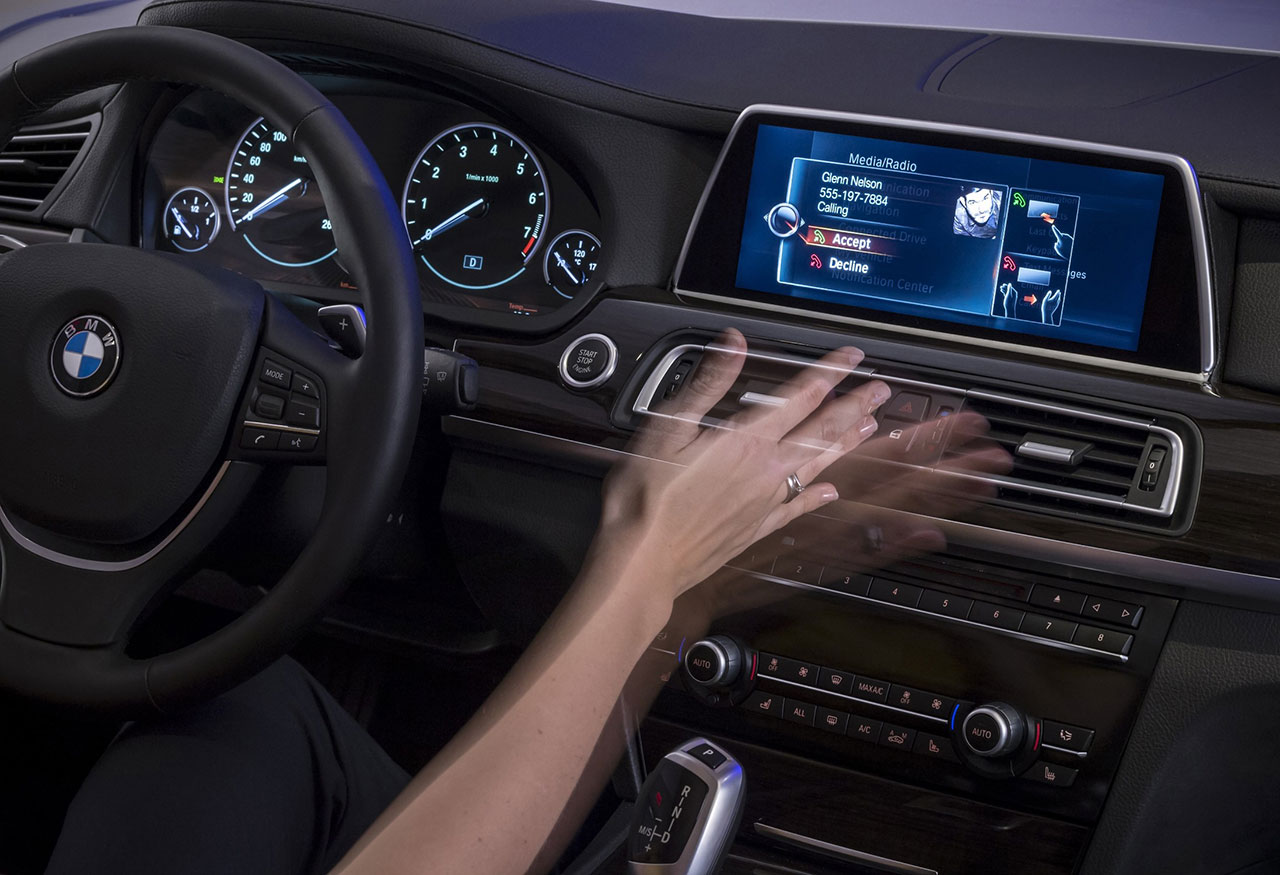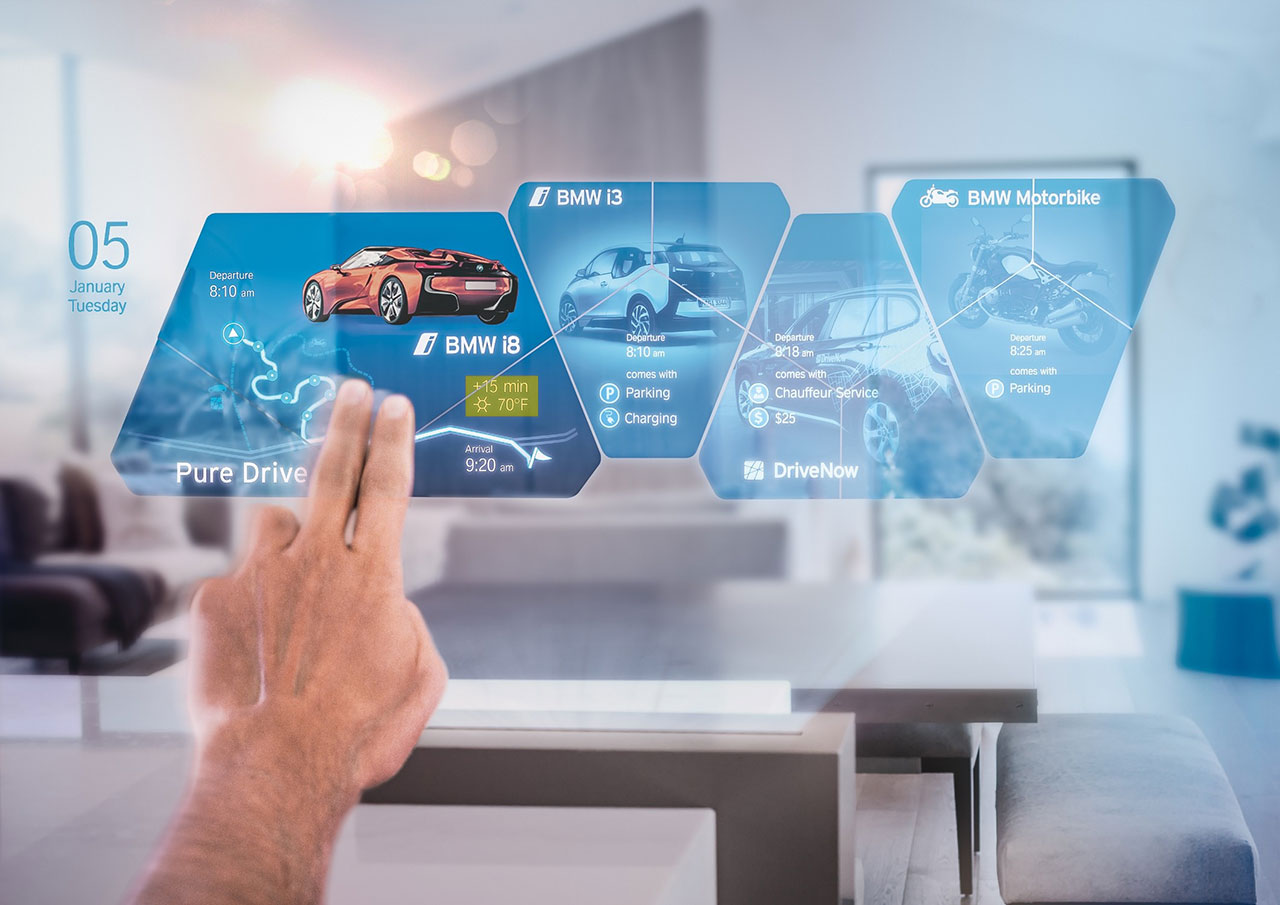Zero UI Experiments | 매거진에 참여하세요
Zero UI Experiments
#Design #ZeroUI #Tend #Senses #Multimodal #Experience #UX #Interface
ZERO UI - Designing Invisible Interfaces
The Disappearance of UI
For decades, interface design has been about making the invisible visible.
Buttons, menus, icons, sliders, these visual elements have been our primary way to interact with machines.
But by 2025, the UI itself is increasingly disappearing.
In cars, saying “Raise the temperature” triggers the climate control without touching a screen.
In smart homes, lights respond automatically to a hand gesture or presence in the room.
Banking apps allow instant login via facial recognition, without pressing a single button.
This trend is known as Zero UI interfaces that are minimized or entirely invisible, letting users interact without seeing the controls.
Why Zero UI Matters
Traditional UI relied heavily on visual information, but today’s digital ecosystem is more complex.
Wearables, IoT, smart cars, and XR devices demand new input methods
: voice, gestures, gaze, and even biometric signals.
Zero UI addresses this need by enabling users to perform actions without consciously interacting with an interface.
The goal is intuitive, natural, and immersive experiences.

Real-World Examples
Automotive
BMW and Tesla offer gesture-based UI: adjust volume or navigate menus with hand movements.
Voice assistants can now set destinations and provide navigation with a simple command like “Take me home.”
Smart Home
Amazon Alexa and Google Home allow appliance control without any display.
Samsung SmartThings uses sensor data to automate actions: e.g., door opens after 11 PM → automatic alert.
Healthcare Wearables
Apple Watch lights up when you raise your wrist and can launch apps via gaze tracking.
Brain-computer interfaces (BCI) are in experimental stages for hands-free control.
The Designer’s Evolving Role
Zero UI isn’t just about removing UI elements—it requires finer design skills:
- Contextual Design:
Anticipate user behavior in different scenarios (e.g., voice commands while driving).
- Invisible Experience Design:
Use sound, haptics, and environmental changes instead of visual feedback.
- Trust Building:
Users may feel uncertain without visible cues; clear feedback and reliability are essential.
Designers now move from decorating screens to crafting the entire user experience.

Advantages and Challenges
Advantages:
- Immersion: Users act naturally without thinking about controls.
- Accessibility: Works in situations where screens aren’t convenient.
- Speed: Actions happen instantly, without navigating menus.
Challenges:
- Learning Curve: Users must learn new interaction methods.
- Error Risk: Voice recognition or gestures may misfire.
- Lack of Visibility: Designing feedback without a visible UI is tricky.
Looking Ahead
Zero UI is not a passing trend; it is poised to become the center of multimodal UX.
Automotive: Fully autonomous vehicles may eliminate steering wheels, relying on voice and gesture.
XR: Devices like Meta Quest and Apple Vision Pro minimize physical buttons in virtual spaces.
IoT & Healthcare: Everyday actions:steps, heart rate, gaze become UI inputs.
Designers must now design the invisible.
The era of color palettes and fonts is over; success requires a holistic approach that integrates context, senses, and trust.






